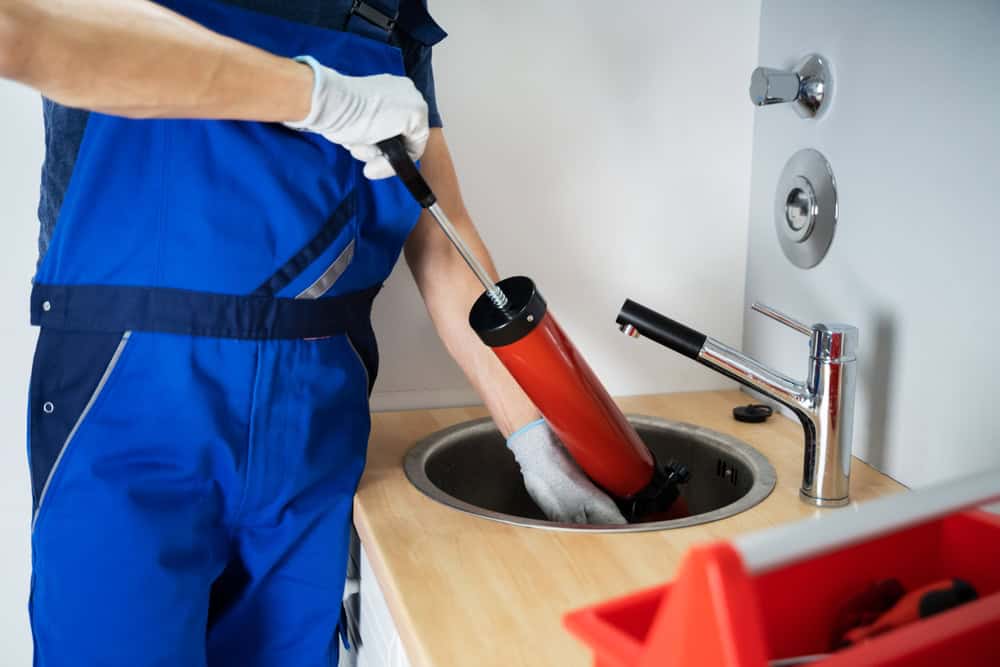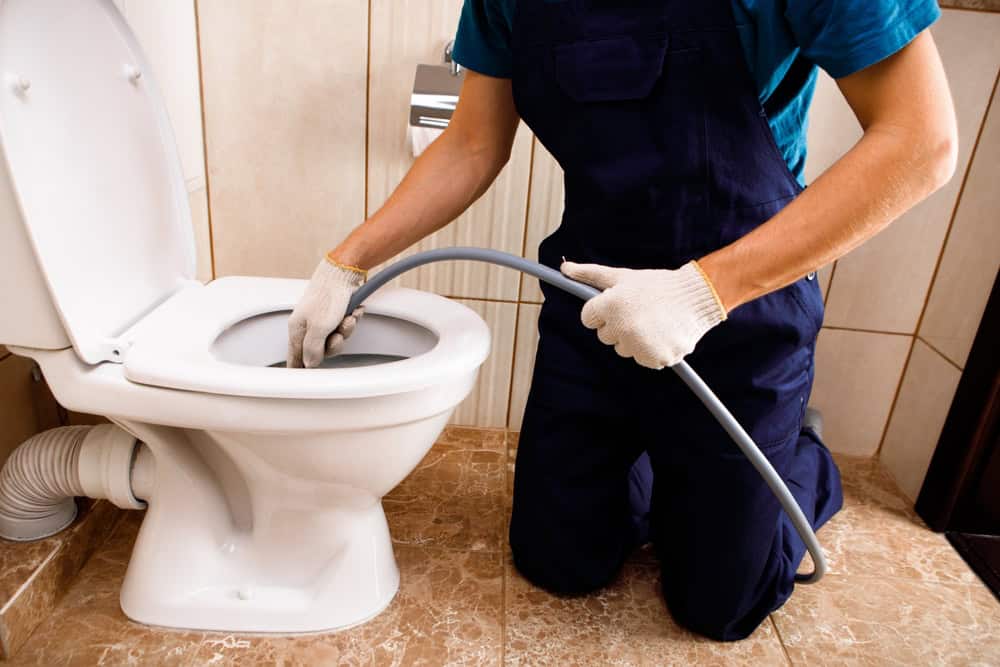Drain Cleaning in Morgan Park, IL
Looking for reliable drain cleaning in Morgan Park, IL? Trust FloTek Plumbing to provide expert solutions that meet your sewer cleaning needs. Our team is equipped to handle any sewer cleanout with efficiency and professionalism.





